The desolate desert in southern Oman resembles Mars so much that more than 200 scientists from 25 nations have chosen it as their location for the next four weeks to field-test technology for a manned mission to Mars.
Public and private ventures are racing towards Mars – both former US president Barack Obama and SpaceX founder Elon Musk declared humans would walk on the Red Planet in a few decades.
New challengers like China are joining the United States and Russia in space with an ambitious, if vague, Mars programme, while aerospace corporations such as BlueOrigin have published schematics of future bases, ships and suits.
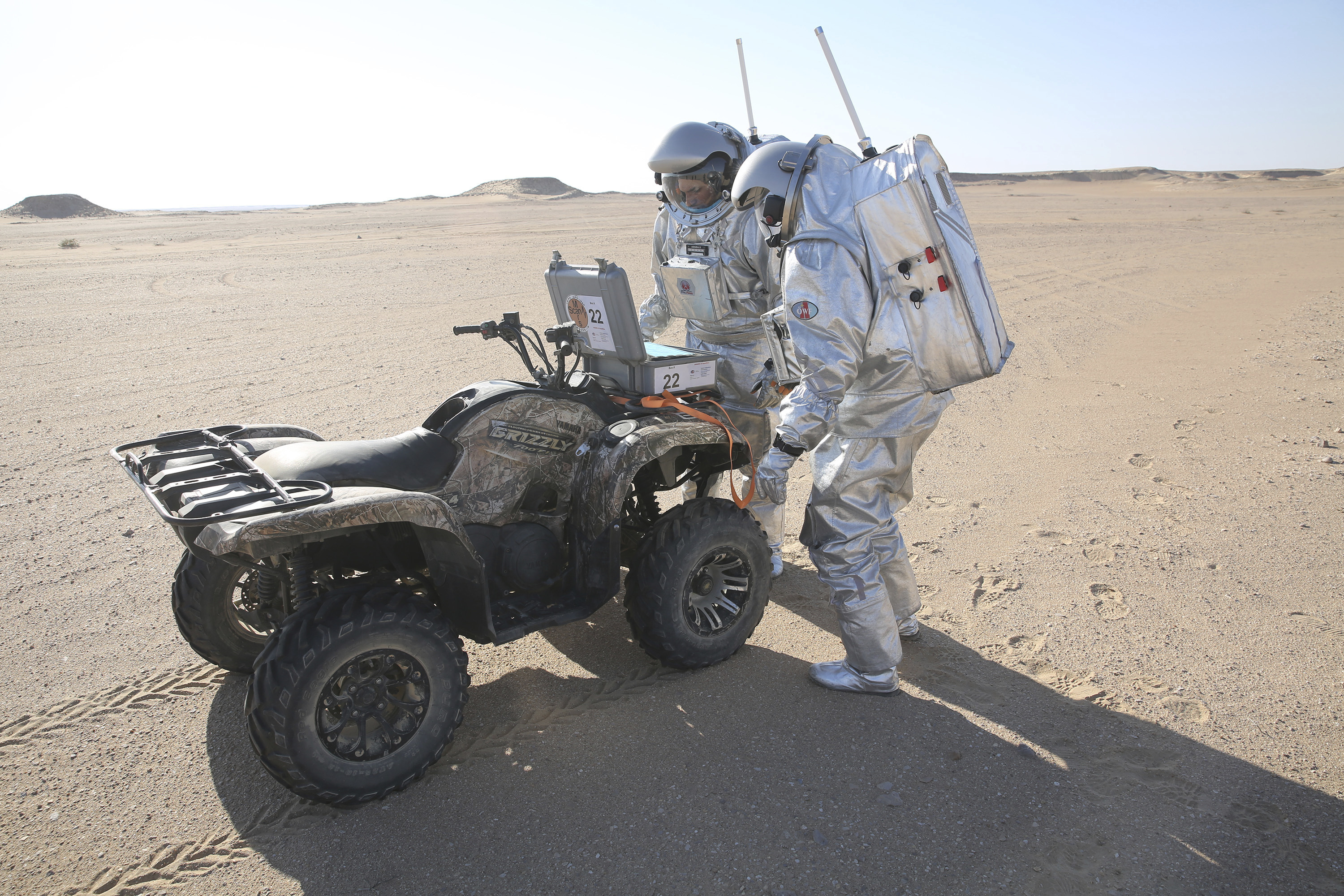
The next step to Mars, he said, is to tackle non-engineering problems such as medical emergency responses and isolation.
“These are things I think can’t be underestimated,” Mr Kumar said.
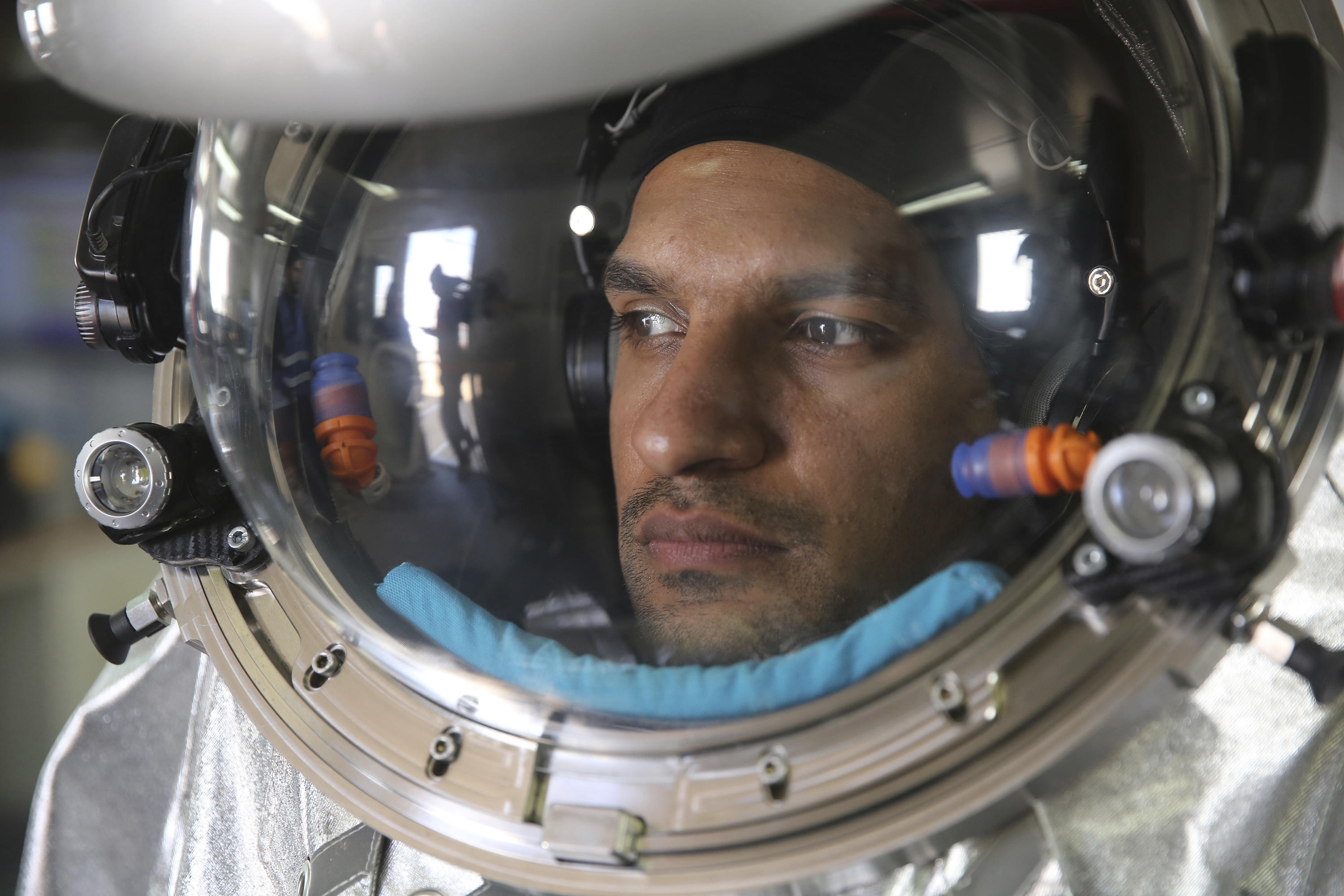
And where better to field-test equipment and people for the journey to Mars but on some of the planet’s most forbidding spots.
Seen from space, the Dhofar desert is a flat, brown expanse.
Few animals or plants survive in the desert expanses of the Arabian Peninsula, where temperatures can top 125F (51C).
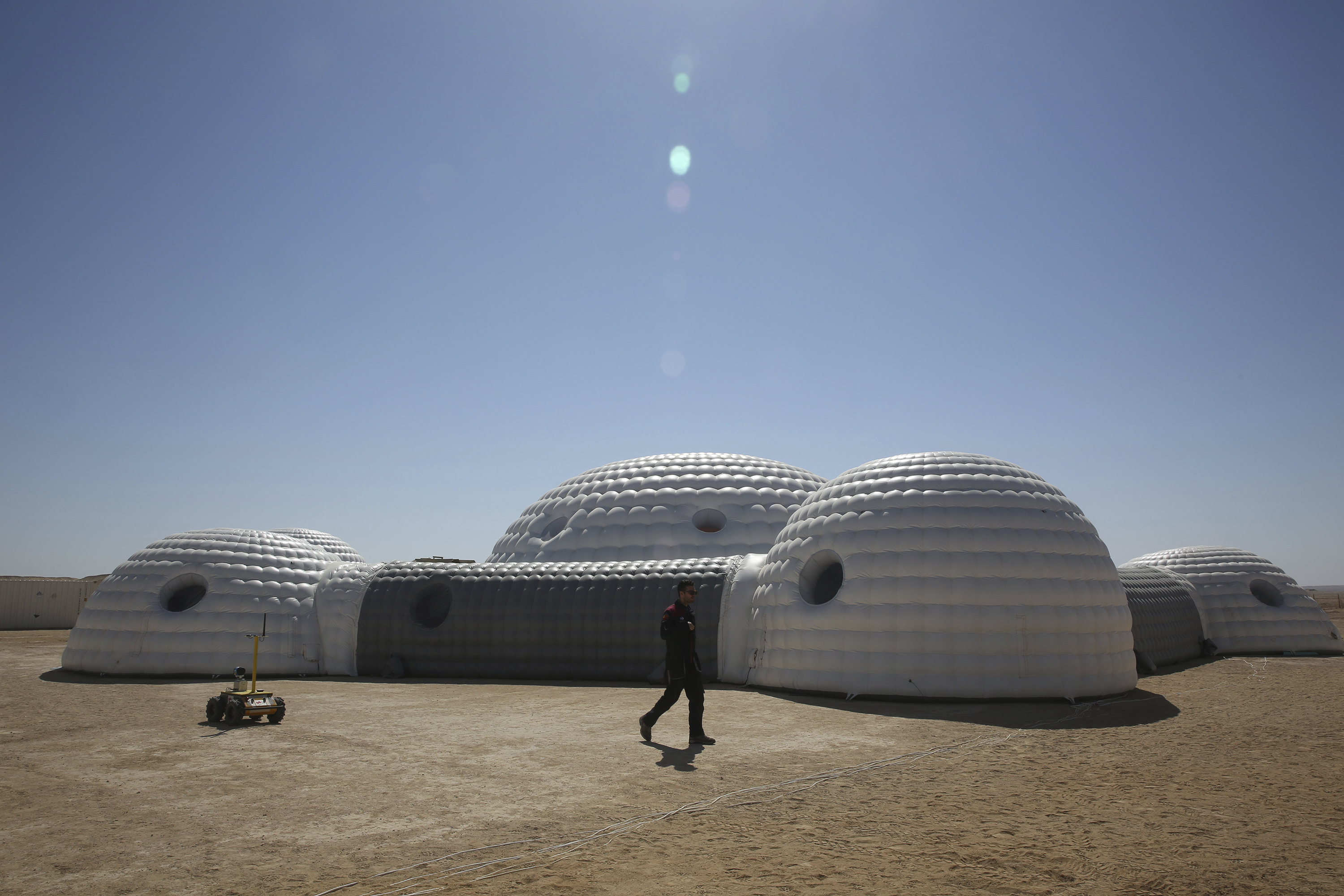
There are no airlocks.
The desert’s surface resembles Mars so much it Is hard to tell the difference, Mr Kumar said, his spacesuit caked in dust.
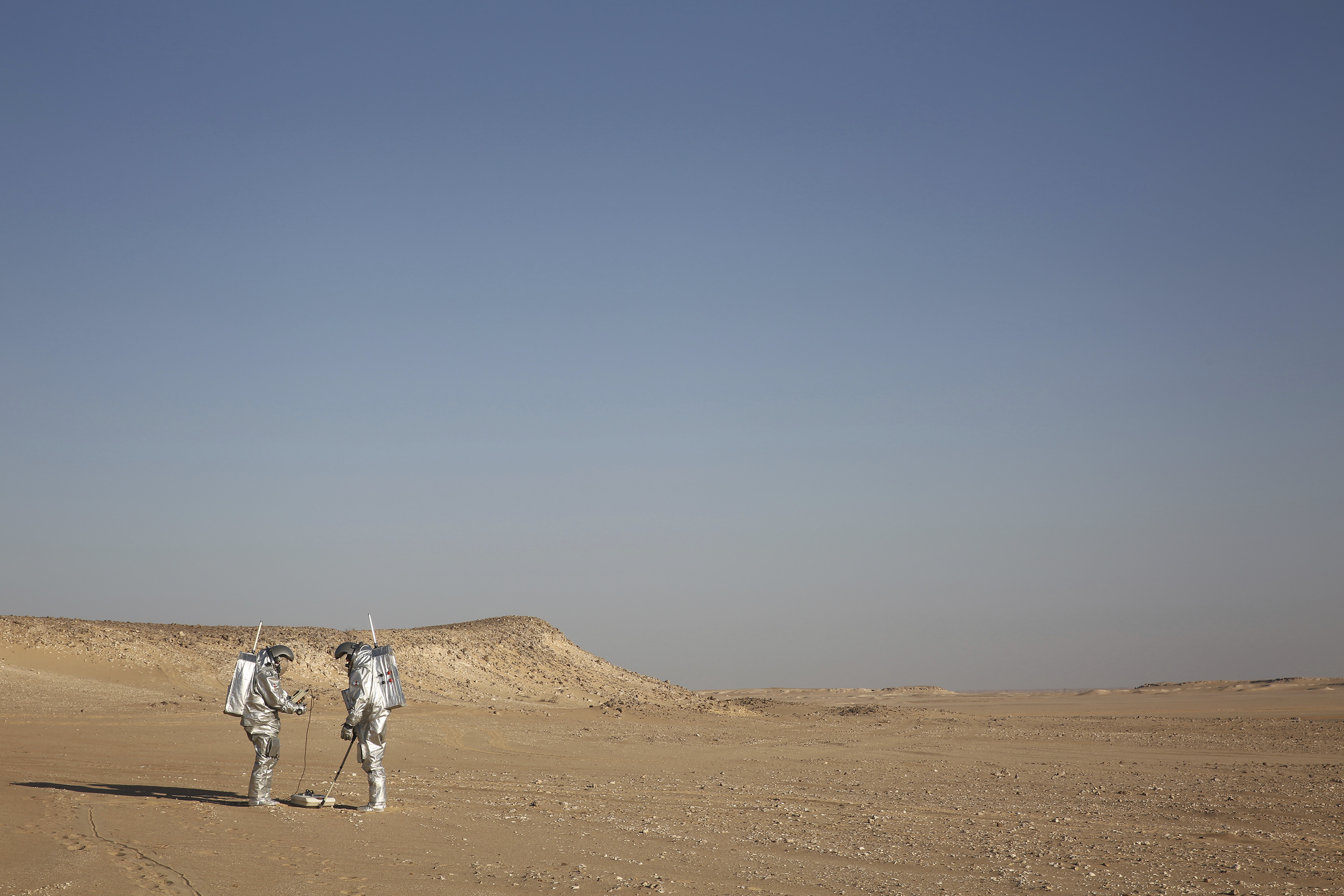
The Omani government offered to host the Austrian Space Forum’s next Mars simulation during a meeting of the United Nation’s Committee On the Peaceful Uses of Outer Space.
Gernot Groemer, commander of the Oman Mars simulation and a veteran of 11 science missions on Earth, said the forum quickly accepted.
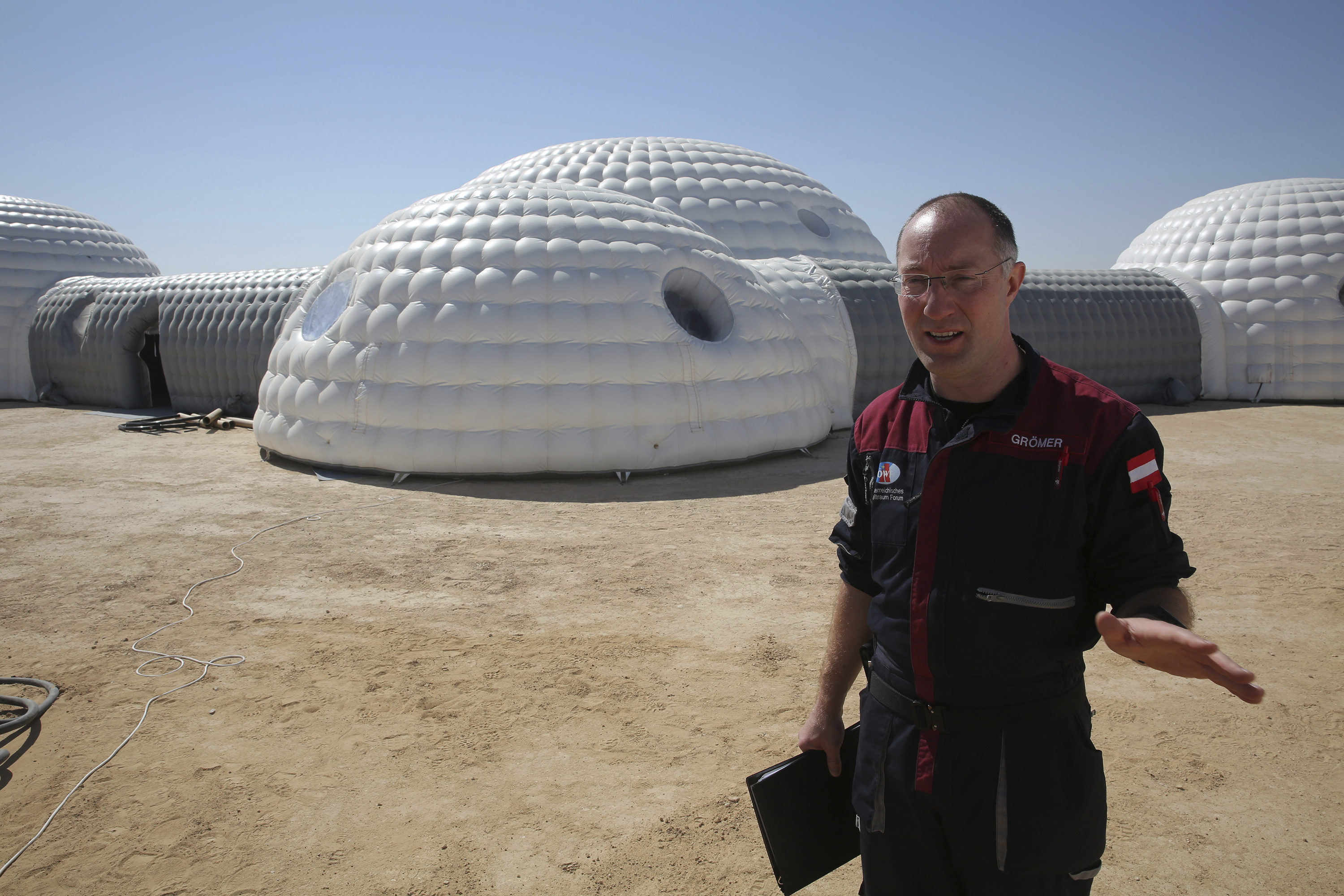
The cutting-edge spacesuit, weighing about 50 kilograms, is called a “personal spaceship” because one can breathe, eat and do hard science inside it.
The suit’s visor displays maps, communications and sensor data. A blue piece of foam in front of the chin can be used to wipe your nose and mouth.
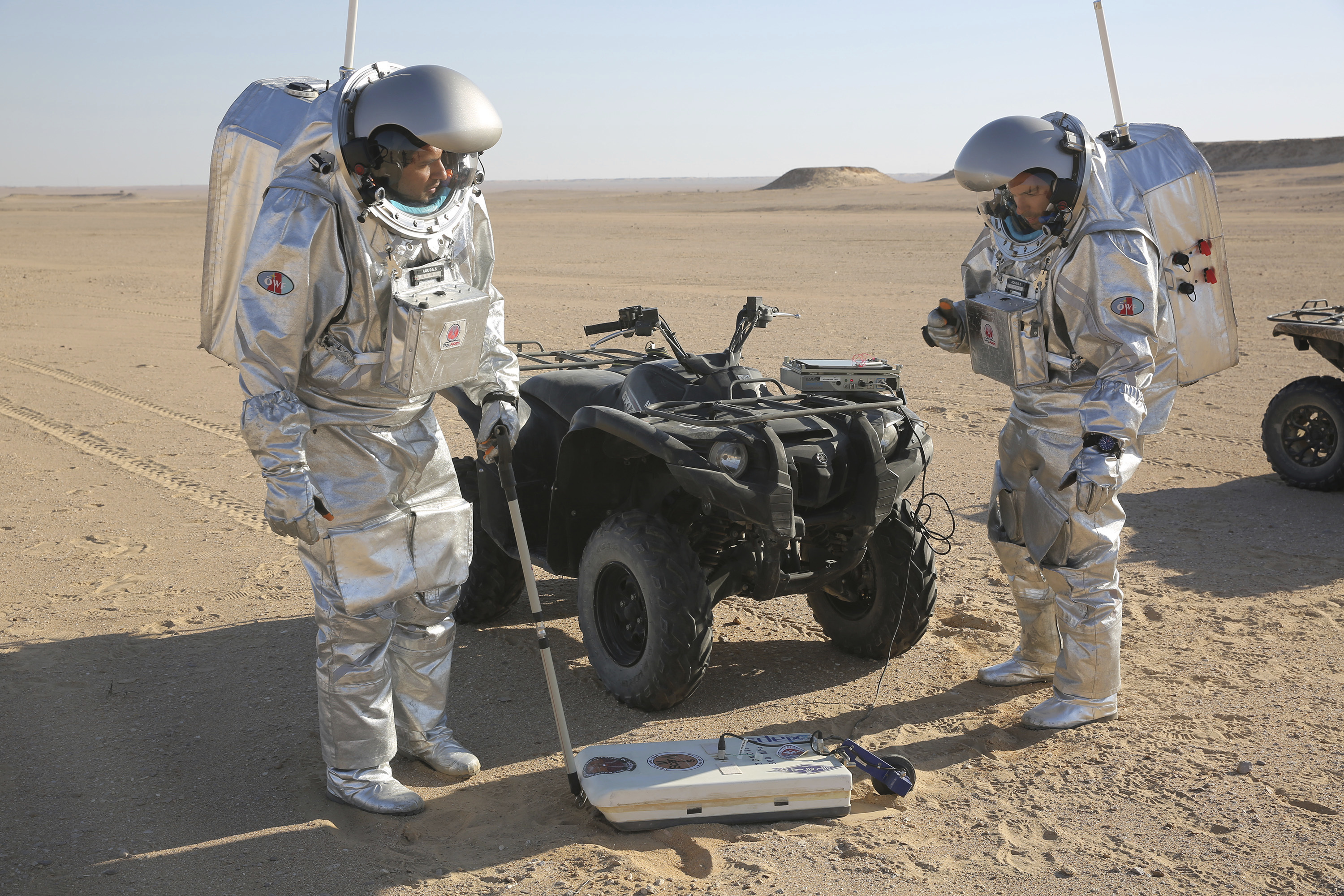
The Soviet Union’s 1957 launch of Sputnik ignited a space race between Moscow and Washington to land a crew on the Moon.
But before the US got there first, astronauts such as Neil Armstrong trained suspended on pulleys to simulate one-sixth of Earth’s gravity.
Hostile environments from Arizona to Siberia were used to fine-tune capsules, landers, rovers and suits – simulating otherworldly dangers to be found beyond Earth.
Space agencies call them “analogues” because they resemble extraterrestrial extremes of cold and remoteness.
“You can test systems on those locations and see where the breaking points are, and you can see where things start to fail and which design option you need to take in order to assure that it does not fail on Mars,” said Joao Lousada, one of the Oman simulation’s deputy field commanders who is a flight controller for the International Space Station.

“Terrestrial analogues are a tool in the toolkit of space exploration, but they are not a panacea,” said Scott Hubbard, known as Mars Czar back when he led the US space agency’s Mars programme.
Some simulations have helped develop cameras, rovers, suits and closed-loop life-support systems, he said.

“Humans’ adaptability in an unstructured environment is still far, far better than any robot we can send to space,” Mr Hubbard said, adding that people, not just robots, are the key to exploring Mars.
The European Space Agency’s list of “planetary analogues” includes projects in Chile, Peru, South Africa, Namibia, Morocco, Italy, Spain, Canada, Antarctica, Russia, China, Australia, India, Germany, Norway, Iceland, and nine US states.
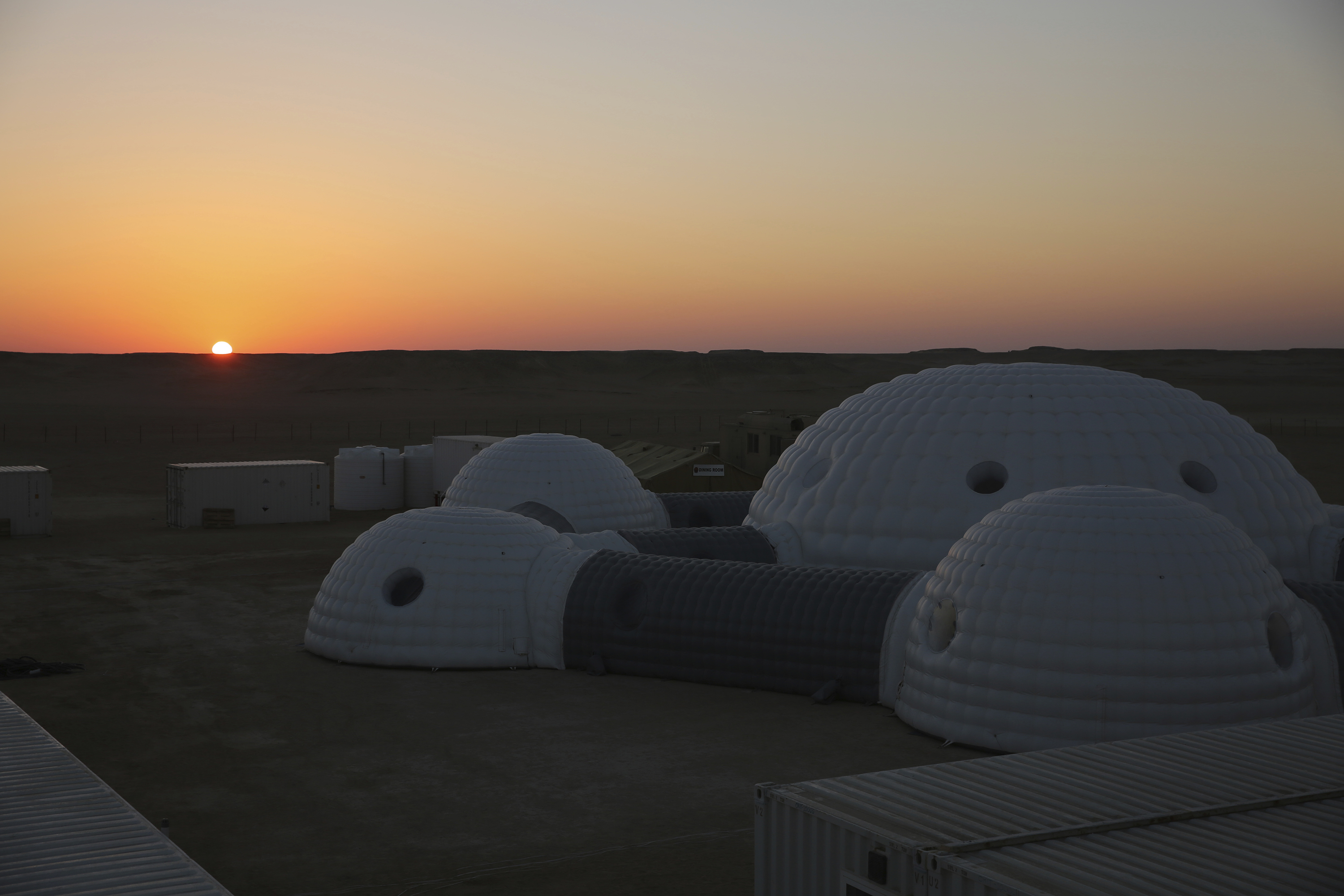
However, there remain so many unknowns that simulations “are not in any way a replacement for being there”, Mr Hubbard said.
The Oman team’s optimism is unflinching.
“The first person to walk on Mars has in fact already been born, and might be going to elementary school now in Oman, or back in Europe, in the US or China,” Mr Lousada said.






